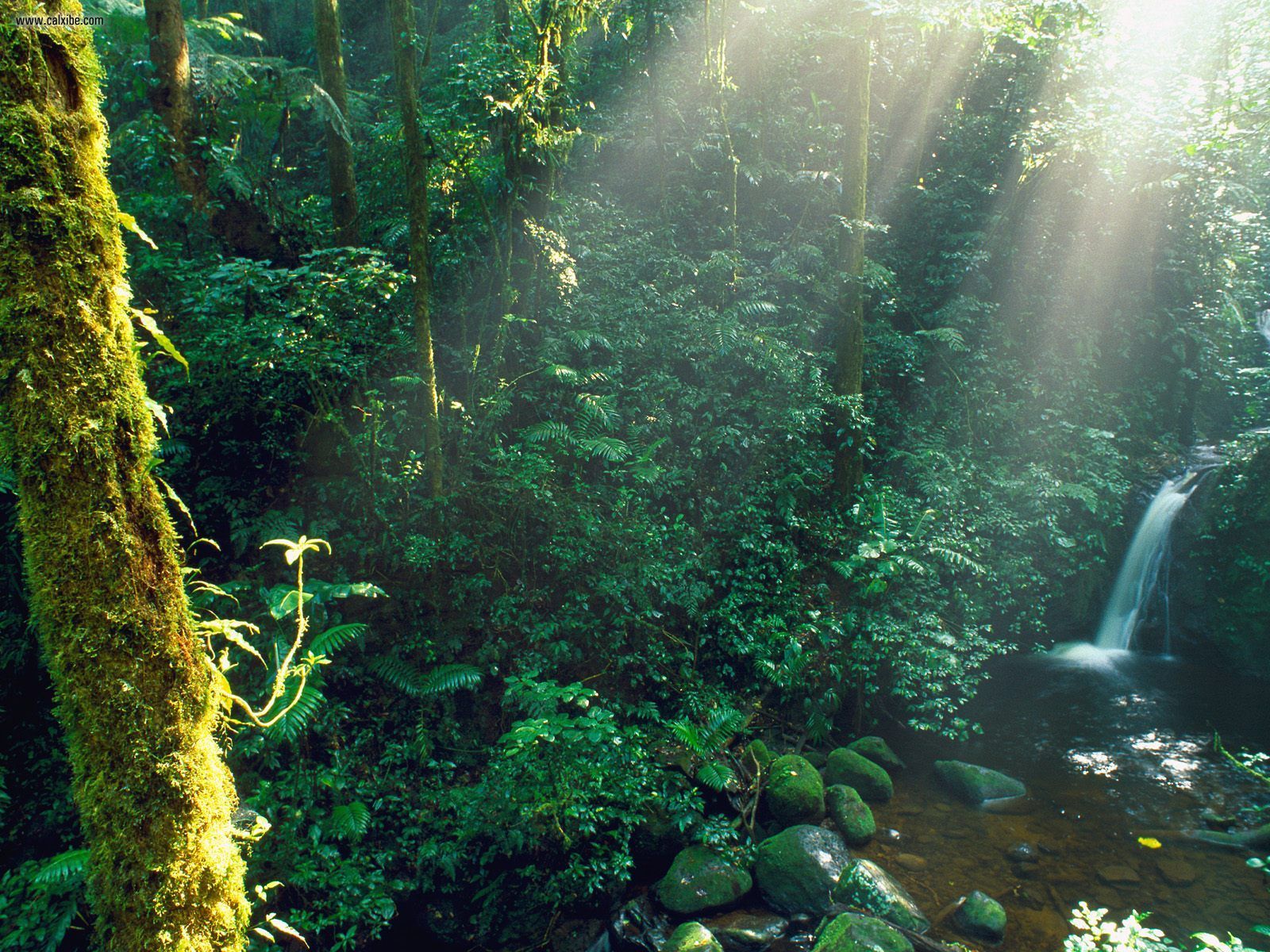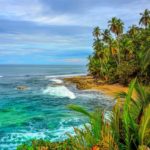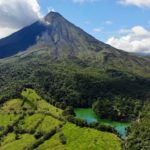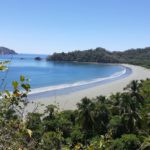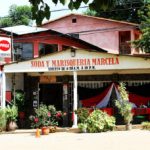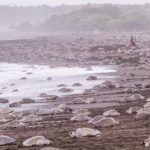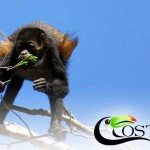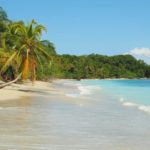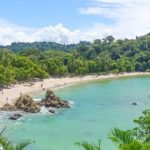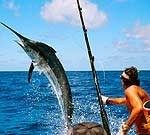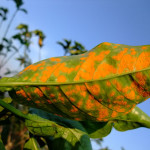Costa Rica is renowned for beautiful and prevalent forest. As a matter of fact, more than half of the country is covered by Costa Rican forests or jungles, which boasts biodiversity of 1,511 known species of animals, including amphibians, birds, mammals and reptiles. In addition, these forests are comprised of over 12,000 different types of plants.
With approximately 4% of the world’s biodiversity found in our small borders, it makes sense that anyone planning a trip to Costa Rica should consider a visit our forests.
However, what you may not be aware of is the fact that not all of this forest is the same. Outside of Costa Rica, the scuttlebutt is mostly about rainforest. There’s been much attention worldwide about the environmental crisis resulting from the disappearance of the rainforest worldwide. In reality, there’s much more to the story. As a matter of fact, Costa Rica is not just home to rainforest. There are, in fact, three different types of forestation in this country, each with its own mix of animals and plant life indicative of the area, as well as its unique microclimate. Categorization is factored by where they are found in geographical elevation, and how much rainfall they receive during the year.
And, as you would expect, the activities you can do in the different forests varies. So, let’s take a look at the different forests of Costa Rica.
Costa Rica’s Rainforest Has a Great Reputation
Located mostly in the southwest region of the country, the virgin rainforests of Osa Peninsula are just gorgeous for hiking and canopy ziplining. In addition, a boat ride through Tortuguero National Park on the Caribbean side will reveal the same kind of massive trees. Both spots receive a large amount of precipitation and are home to a variety of monkeys, snakes, sloths, and bats. And birds, lots of them. Although the rainforest of Costa Rica is the most well-known in the world, it is also the most vulnerable to human destruction. Groups like Kids Saving the Rainforest in Manuel Antonio raise money to reforest depleted areas.
Cloud Forests are the highest elevation in Costa Rica
At Costa Rica Vacations, we love to recommend the canopy zipline tours in the cloud forest of Monteverde and Santa Elena. Up there in the sky, you will actually see clouds rolling in as a result of the air cooling as it’s pushed up the mountain slopes. Although the animals are less populated at this height, this is a good spot to catch a glimpse of the country’s wild cats like leopards, pumas and panthers, as well as thousands of butterflies and of course the spider monkey. The mountainsides are covered with thick growth of bromeliads, mosses and ferns. Another point of note about the cloud forest is that the animals you’ll see in a day tour will be wholly different than those you see at night! We suggest partaking in walking tours at both times.
Dry forests of Guanacaste still beautiful
On the Pacific Northwest of Costa Rica, the seasons are definitively divided between a rainy and dry period. This weather does not allow the trees there to get as much precipitation as the rain and cloud forests, but the foliage is still worth checking out as its home to different wildlife that you’ll want to see. A walk through any of the Guanacaste national parks including Guanacaste National Park, Rincon de la Vieja, Santa Rosa National Park, and Palo Verde National Park will show you less density of foliage, allowing a higher visibility of animals including the Howler monkeys, iguanas, scorpions and sometimes more cats. There will definitely be crocodiles on an estuary tour. Because of the dry forest and the farms that exist in this area, Guanacaste has a the feel of the wild west, aided of course, by the sabaneros (cowboys) who raise horses and bulls there.
Yes, mangroves are forests too
Costa Rica has mangrove forests on both the Caribbean and Pacific coasts, but 99% of them can be found in the latter part of the country. Seven species of trees with large protruding roots propping them up are found in rivers and canal estuaries where the saltwater from the ocean comes together with fresh water. These mangroves and their root bases provide a vibrant local wildlife including marine life, birds, snakes, monkeys, bats, iguanas and crocodiles. See them all in a kayak or boat tour.
So, as you can see, Costa Rica is very diverse in its foliage and the animals who reside there. You may want to explore one or more types of these Costa Rican forests while on your trip around the country. And of course, we’d be happy to guide you to the right place and the right tour to get the most out of our prevalent natural woodlands.

